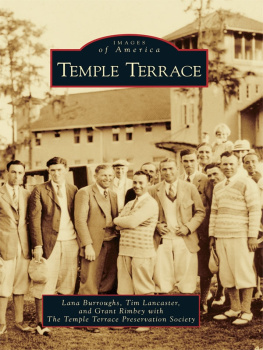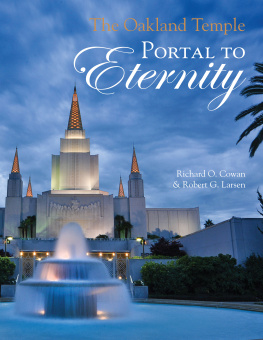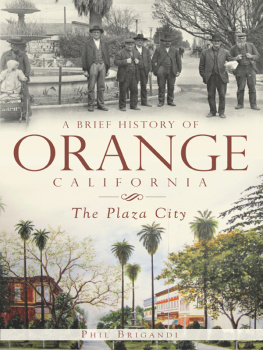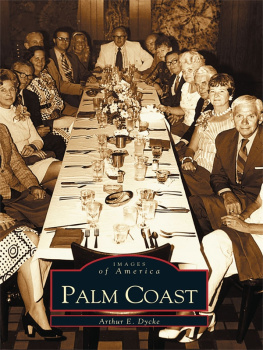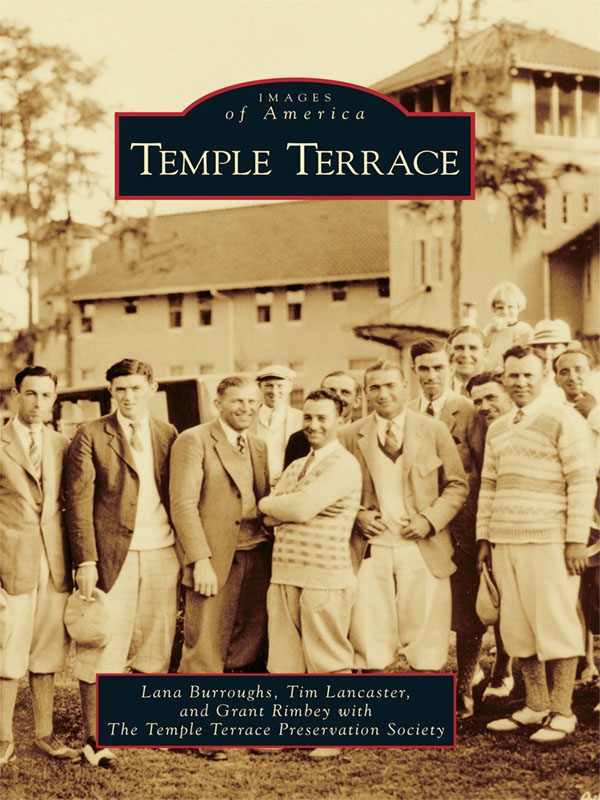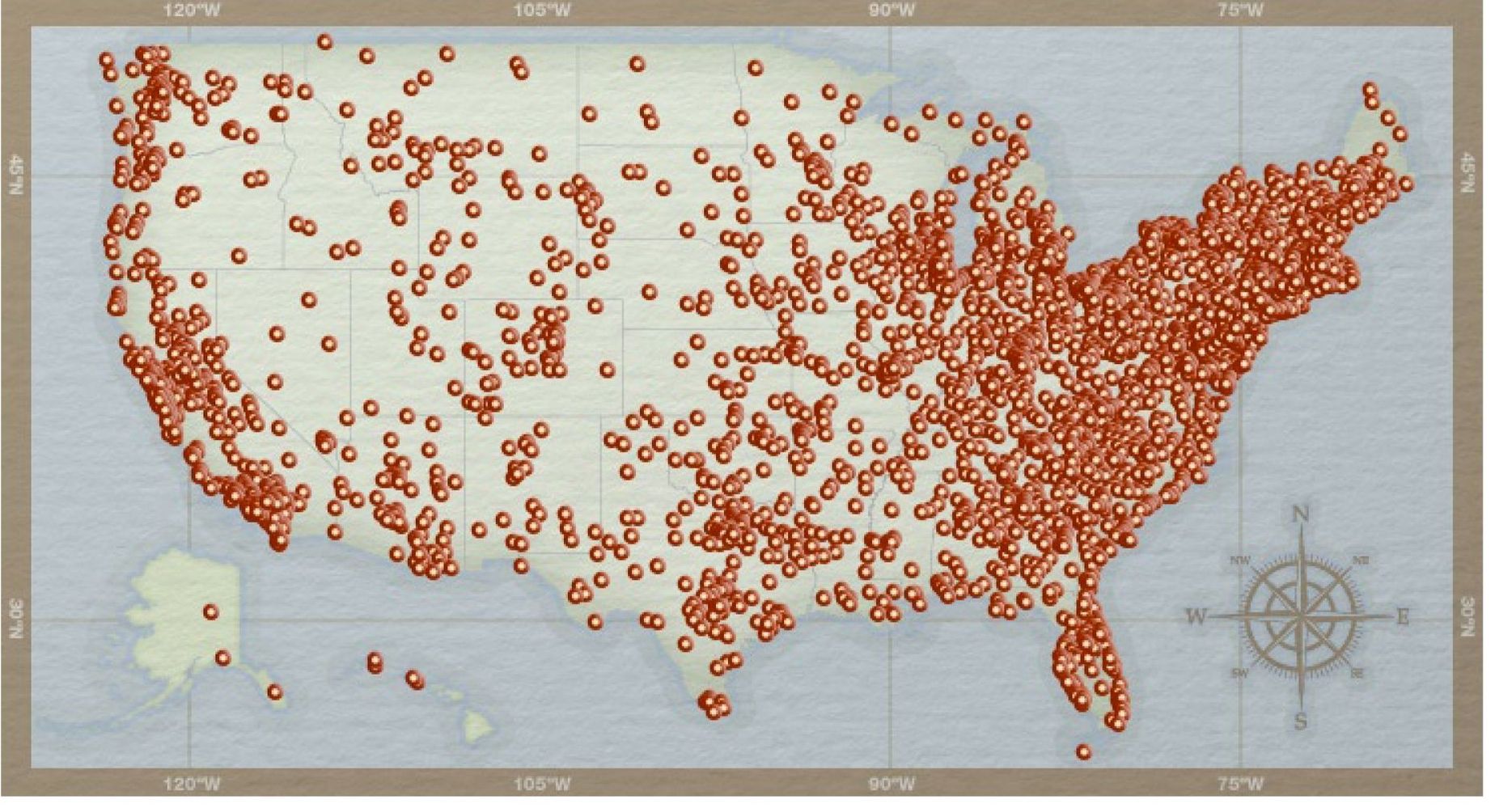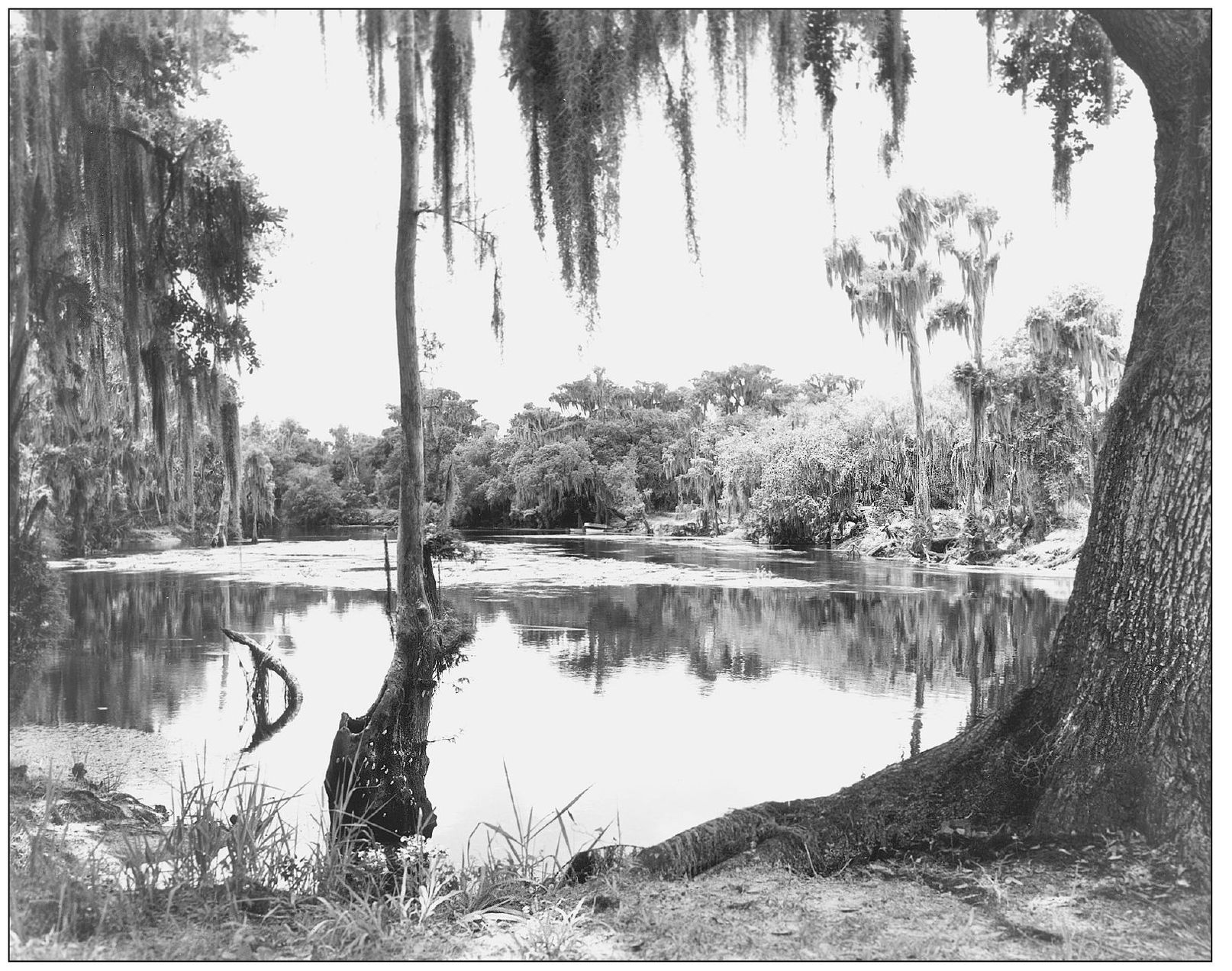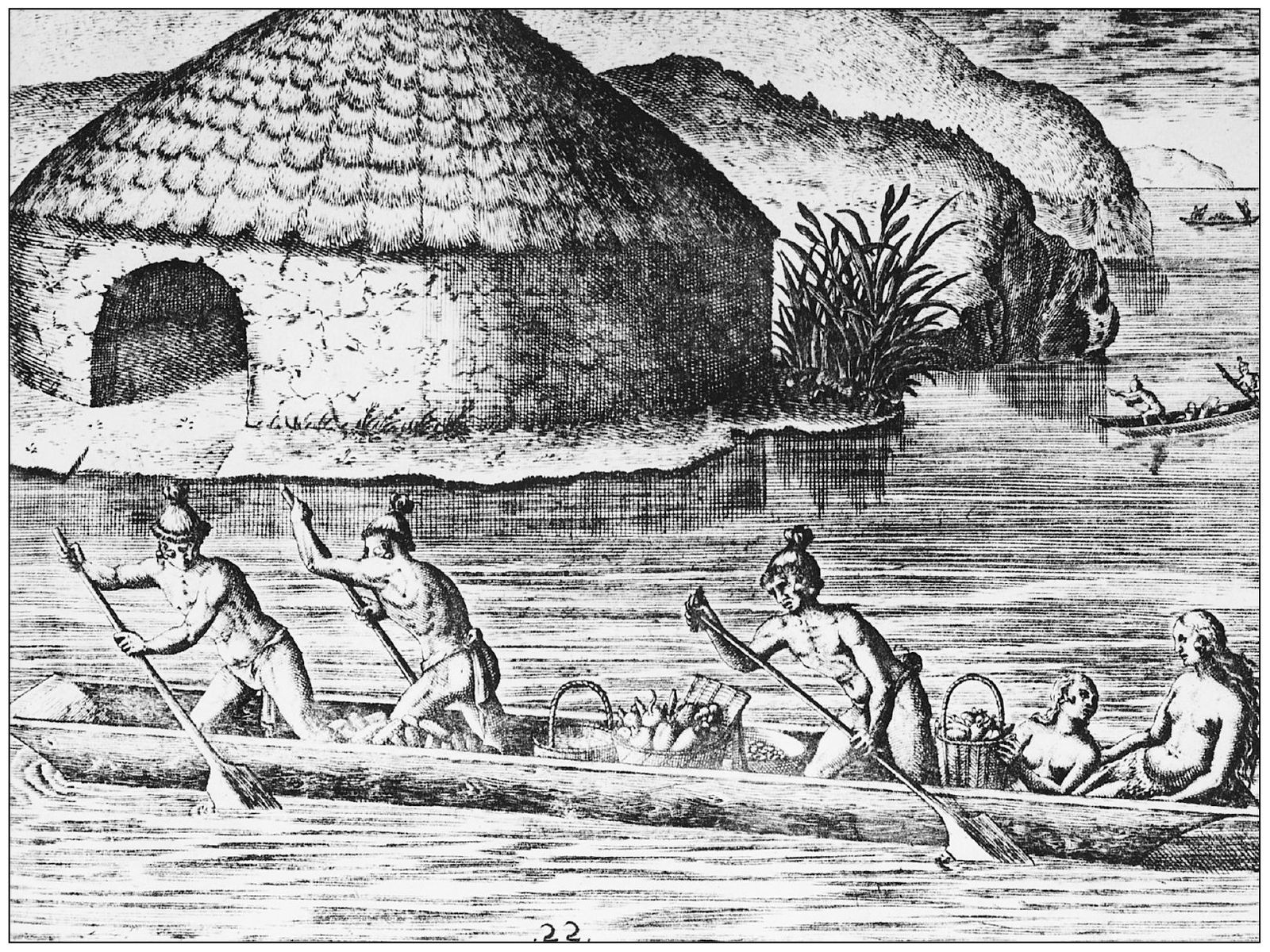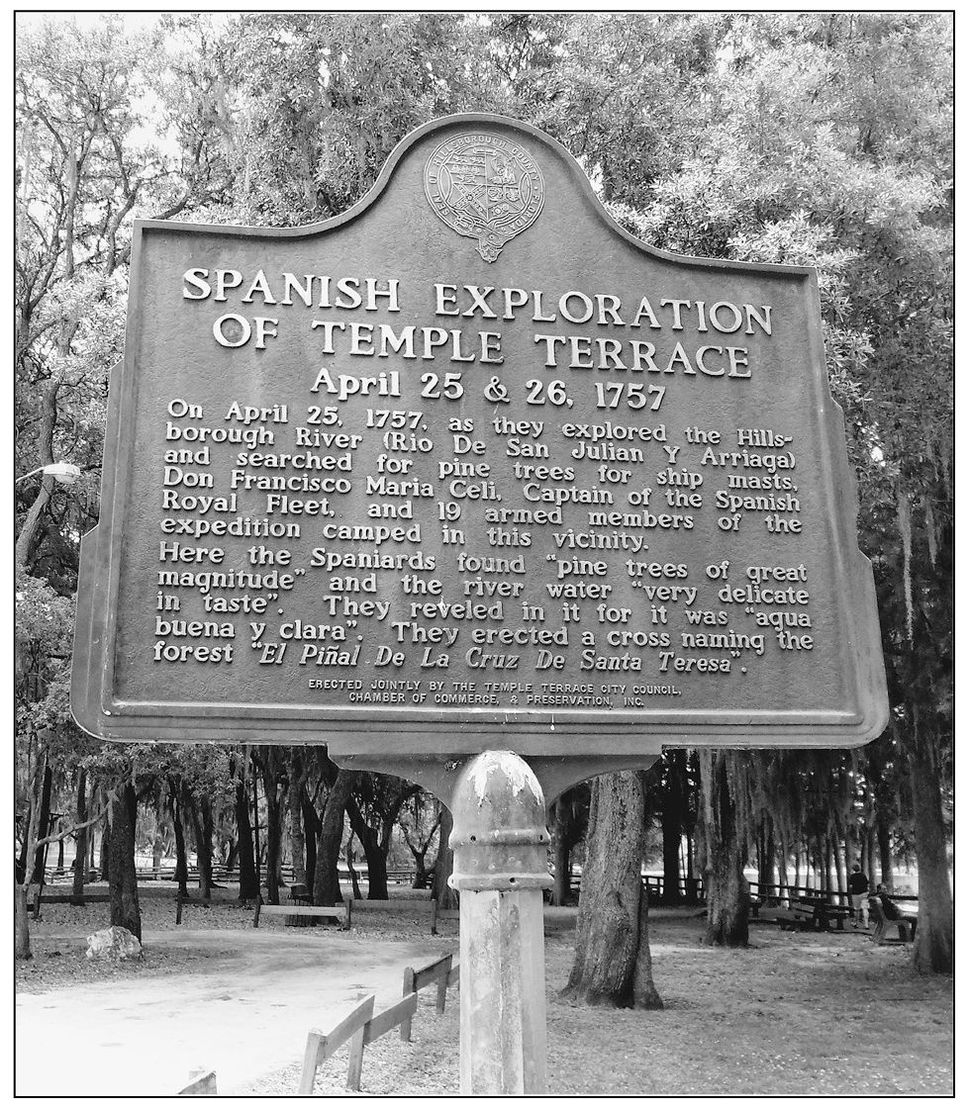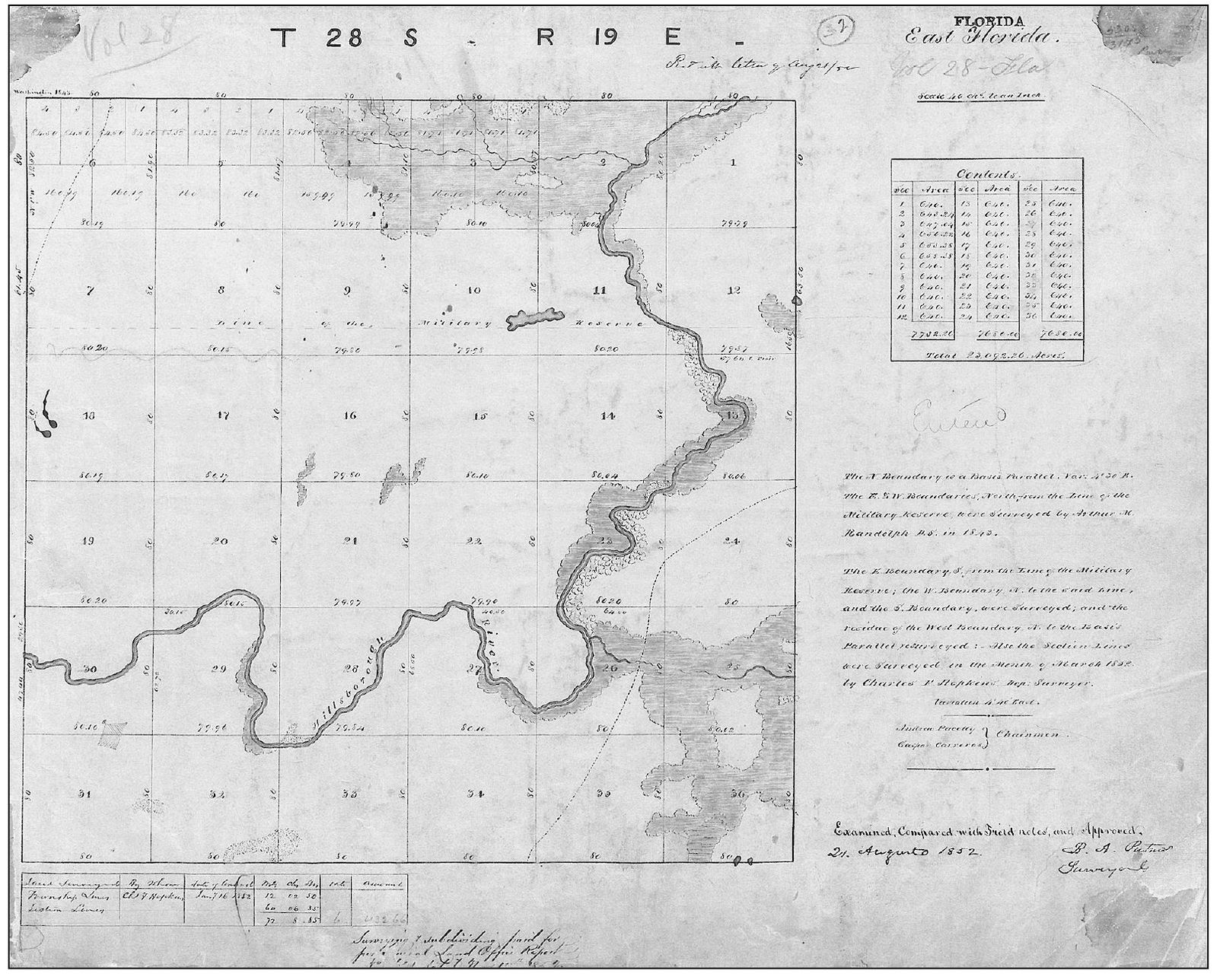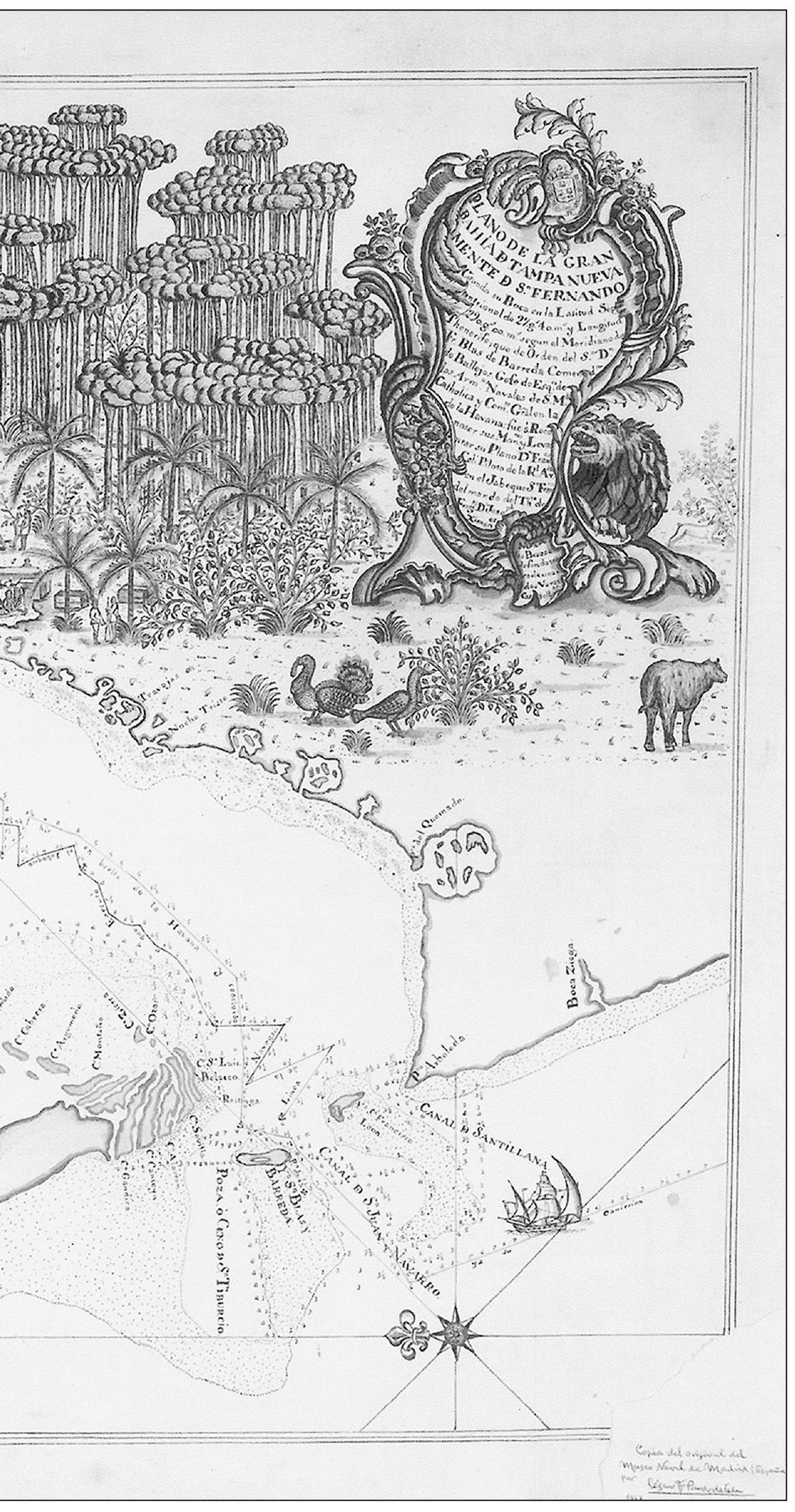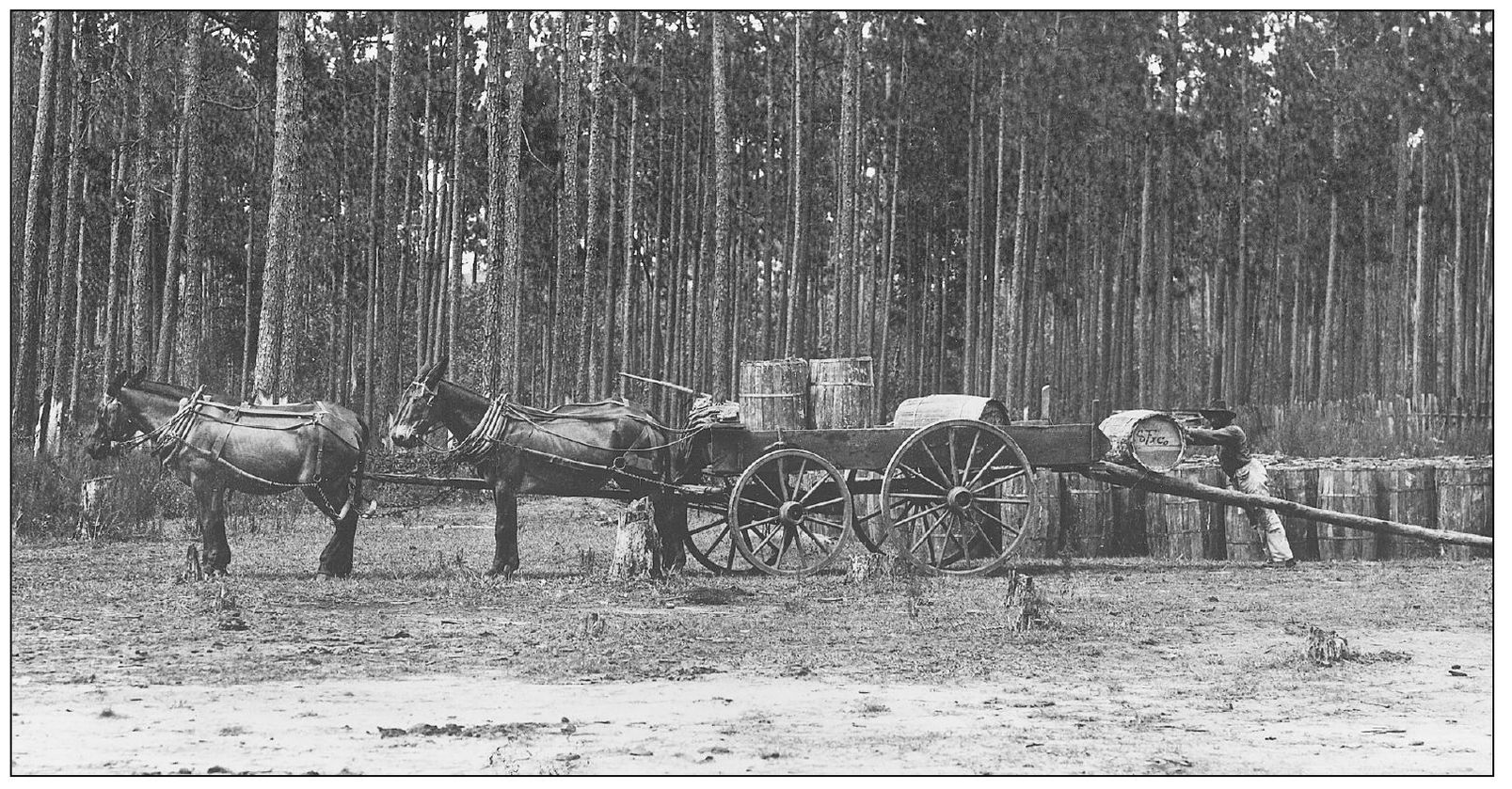ACKNOWLEDGMENTS
We would like to thank the following for their ongoing support, encouragement, and efforts to preserve and protect the history of Temple Terrace: the Temple Terrace Preservation Society, city manager Kim Leinbach, Mayor Joe Affronti, city councilman Ken Halloway, city councilman Ron Govin, city councilwoman Alison Fernandez, city councilman Mark Knapp, city councilwoman Mary Jane Neale, Shirley Adema, George and Fran Barford, Jim Cole, Jack and Dee Griffith, Geneva Meier, Frank B. and Marge Moses, Maud Pallardy, John and Doris Renick, Robert and Ann Simmons, Bob and Joanne Woodard, Temple Terrace Public Library, the Florida College Library, Lucy Jones of Historic Resources, LLC, and the USGA. A special thanks to the Temple Terrace Preservation Society board members who have recognized the value of this project, including Fell Stubbs, Leitha Bowles, Sharon Walker, Cliff Brown, and Brooks Marshall.
We would like to thank our editor, Lindsay Harris, for her guiding hand when needed.
Grant Rimbey: I would like to thank my wife, Susan, and sons, Pierce and Addison, for their support in my decade of acquiring Temple Terrace historical material, and my mother, Doris Rusch Rimbey, for her unwavering pride in Temple Terrace.
Tim Lancaster: My thanks go to Grant Rimbey and his dedication to the Temple Terrace community, and my wife Lanas perseverance throughout this project.
Lana Burroughs: I thank my husband, Tim, for his support and my mother, Inez McKissick Burroughs, for her legacy of compassion, kindness, style, and grace.
Unless otherwise noted, all Burgert Brothers photographs appear courtesy of Tampa-Hillsborough County Public Library Cooperative, Burgert Brothers Collection. Other images in this volume appear courtesy of the Grant Rimbey Collection of the Temple Terrace Preservation Society (GRTTPS), Lynn Elliott Collection (LE), Sarasota History Center (SHC), Historic Spanish Point (HSP), State Library and Archives of Florida (SFA), Jim Cole (JC), Joanne Woodard (JW), Temple Terrace Public Library (TTPL), Florida College (FC), Trinity College (TC), Fowler Family Archives (FFA), Library of Congress (LOC), John and Doris Renick Collection (JDR), Chicago Historical Society (CHS), History Miami (HM), and U.S. Geological Survey (USGS).
We are deeply indebted to the following sources: Out of the Past , by J. M. Jack Bregar; Temple Terrace , The First Fifty Years , by Cleo N. Burney; the Tampa Tribune and Tampa Morning Tribune ; and the St. Petersburg Evening Independent .
More historic photographs can be seen at www.templeterracepreservation.com .
Find more books like this at
www.imagesofamerica.com
Search for your hometown history, your old
stomping grounds, and even your favorite sports team.
One
THE EARLY YEARS
In the late 1700s, the Hillsborough River meandered through a rich, old-growth forest of majestic bald cypresses, longleaf pines, and sand live oaks that were hundreds of years old. From the mid-to late 1800s to about 1913, this old growth began to be logged, so that most of the trees within the Hillsborough River basin are now less than 100 years old. This photograph was taken just north of Temple Terrace.
An engraving by French artist Jacques le Moyne depicts Native American inhabitants typical of those from the Temple Terrace area. The Tocobaga lived around Tampa Bay, both in prehistoric and historic times, until roughly 1760. Their diet consisted mostly of fish and shellfish. Le Moyne was a member of a famed expedition to the New World, and his illustrations of Native American life and plants are of significant historical importance. (SFA.)
Spanish exploration of the area dates back to the 1750s. This engraving by Theodor de Bry depicts the first contact between a group of Europeans and Native Americans, and the Europeans can be seen erecting a cross. Don Francisco Maria Celi placed a similar cross upon landing in what is now Temple Terrace in 1757. (HM.)
Don Francisco Maria Celi erected a cross in what he named el Pinal de la Cruz de Santa Teresa (the Pine Forest of the Cross of Saint Theresa). A historic marker and a replica of the cross that was erected to honor St. Theresa on April 25 and 26, 1757, is found in Riverhills Park today. (GRTTPS.)
An early survey map of what is now the Temple Terrace area dates from 1843 and was signed on August 21, 1852. The survey was created to begin the transfer of federal lands to homesteaders. An extensive oak tree canopy is indicated along the river, and the rest of the land is a longleaf pine and wiregrass ecosystem. (USGS.)
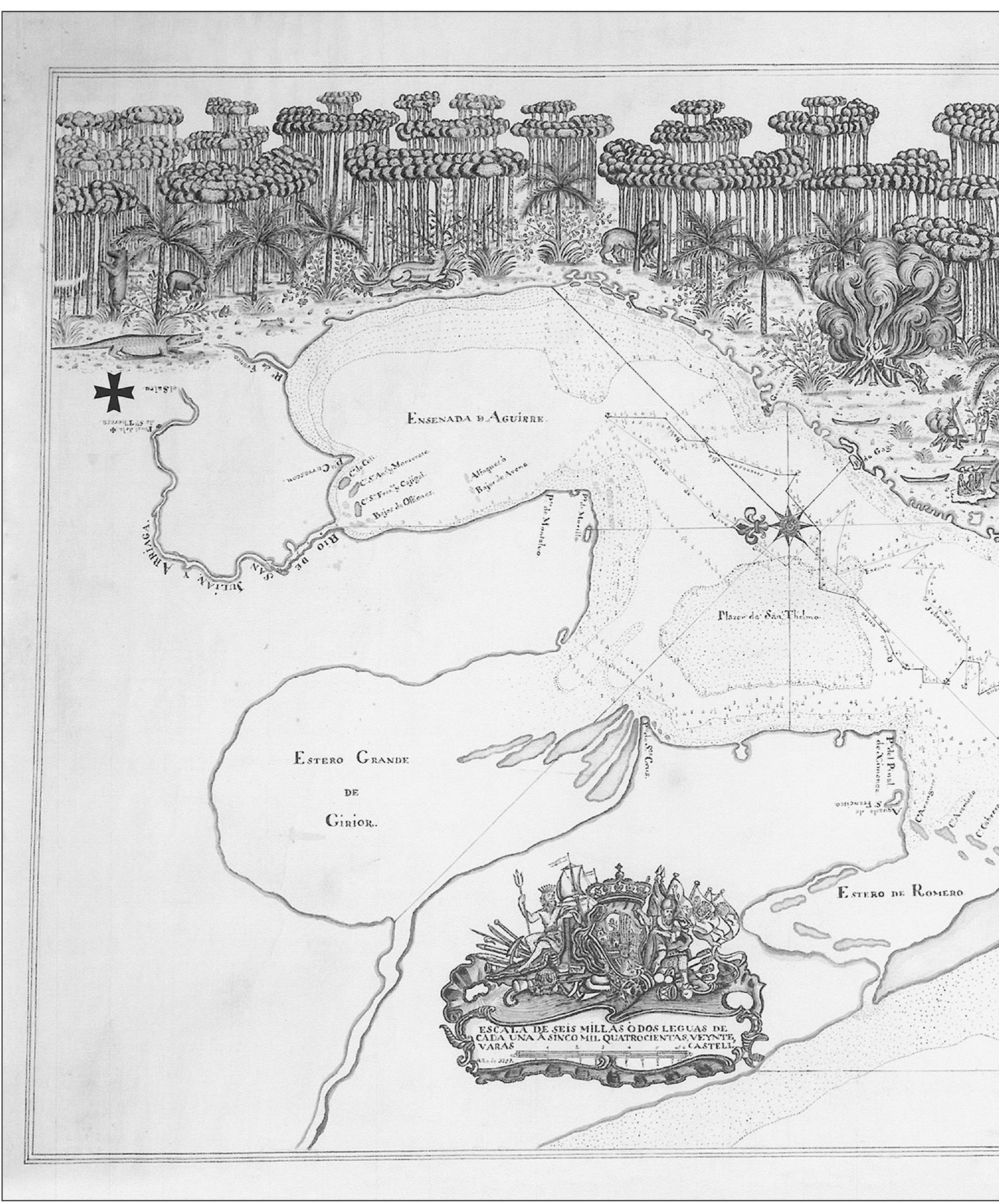
In 1757, Don Francisco Maria Celi, captain of the Spanish Royal Fleet, led an expedition into the area now known as Temple Terrace in search of pine trees to use as masts for his ships. This illustrated chart of his travels is the earliest known accurate map of the Tampa Bay area and depicts Celis route along with illustrations of native vegetation and wildlife. The Hillsborough River, which he named el rio de San Julian y Arriaga, is seen at upper left. The area designated as el Pinal de la Cruz de Santa Teresa is now Temple Terrace. The rapids at Hillsborough River State Park, El Salto, is where the journey ended. The original Celi map is in the Museo Naval de Madrid, Spain, and confirmation of the fleets travels is found in the map and logbook. East is oriented at the top of the page. The location of Temple Terrace is indicated with a cross at upper left. (GRTTPS.)
Before 1900, the Temple Terrace area was the location of turpentine camps, lumber companies, farming homesteaders, and early orange groves. Many turpentine camps cropped up throughout the region after the Civil War. Of those, some lasted for only a few years or until the pines were tapped out. Most trees were then cut down for lumber. The manual extraction of pine resin is a very labor-intensive process. (SFA.)

